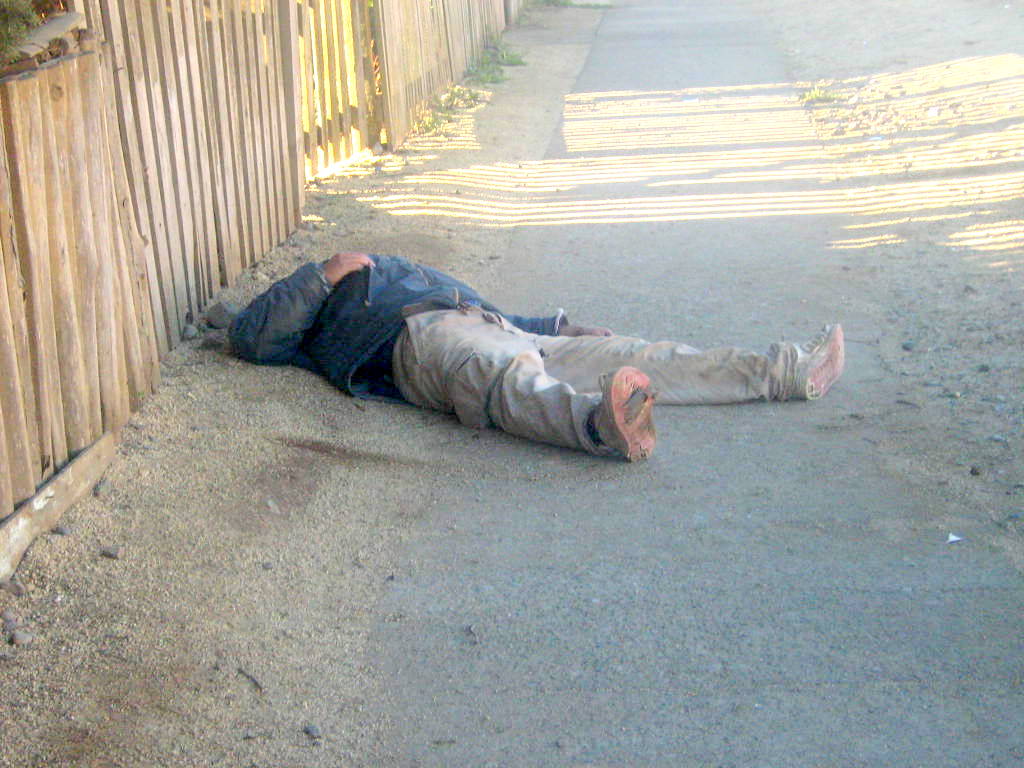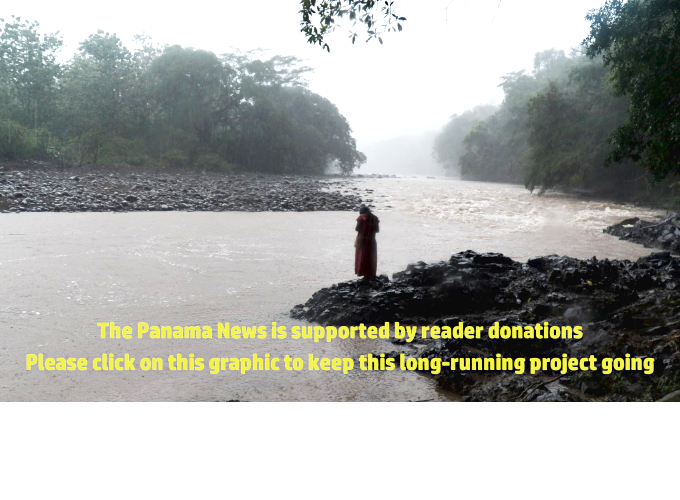At the time, fear and political expediency distorted news coverage: the paper was a key part of the plot.
Colon Day: a very Panamanian revolution
an archives story by Eric Jackson
So, what were the details of Panama’s smashing military victory over the 500 Colombian Army troops stationed in Colon to maintain Bogota’s authority on isthmus?
First of all, understand that most of these soldiers were bored and war-weary, people who had been mobilized for the Thousand Day War that has ended about a year earlier. Second, consider that throughout the war the Conservatives held control of Colon, Panama City and the Panama Railroad route between the two cities.
Politically, this was traditional Liberal turf. It was under Conservative control due to a great Liberal blunder at the war’s outset, an insane charge into machine gun fire on Panama City’s Calidonia Bridge over the Curundu River. There were some 500 Liberals killed in that battle, but many of their weapons were rescued and sent to the Interior, for Liberals to fight another day. That they did, in a civil war that essentially depopulated and scorched Cocle province with Liberal guerrilla general Victoriano Lorenzo grabbing the weapons from the Conservative mayor of San Carlos who died trying to intercept them, leading a retreat to a mountain stronghold northwest of El Valle, then sweeping down to take Penonome and Aguadulce. But Lorenzo had been betrayed, then executed at the Casco Viejo’s Plaza Francia some six months earlier.
In Colombia the Conservatives had everything rigged but could not muster a quorum for the senate to approve any treaties nor muster the votes in the rump senate to pretend to do so. In Panama City, the Conservatives were politically in a bad way, not because they didn’t rule with an iron fist but because the city’s food supply from Cocle and points west was cut off both by loss of production and by a Liberal blockade. The blockade lifted with the war’s end but those who had fled their farms for the city mostly did not go back and Panama City was starving. In early 1904, when the first US Army medical mission arrived in the city, they found that the leading cause of death was beriberi, a starvation disease.
After the rump of the Colombian senate had declined to ratify a canal treaty with the United States the previous August, things were getting desperate for the shareholders in the moribund but still existing French canal company. Its concession would expire at the end of the year. Thus its shareholders, the biggest of which was the Panama Railroad, would have little or nothing to sell. The railroad company and the local Conservatives needed a new paradigm, quickly.
So a coup plot was hatched, essentially a Panama Railroad and Conservative Party conspiracy, with the connivance of the US government. The new president, Manuel Amador Guerrero, was the railroad company doctor.
The top Colombian military officers were bribed. Orders went out for the next levels of military commanders to take the train from Colon to Panama City for urgent consultations. They got on the train, and out in the jungle near the Continental Divide the engine decoupled from the officers’ car and sped away. The troops at the Colon garrison were thus left leaderless.
And besides, November 3 was a Colombian holiday. Even though Ecuador had gone its separate way, on November 3, 1820 Cuenca had declared independence from Spain and the Colombians still celebrated it. A boring day for bored soldiers, and the bars, stores and banks were mostly closed. However, the Colon office of the Star & Herald had money in its safe, the publisher, the mayor and those with liquor sales licenses were in on the plot and courtesy of the press all available liquor in town was purchased and delivered to the garrison. The troops got drunk en masse.
By the time that anyone sobered up enough to notice, the USS Nashville had landed and disembarked its Marine contingent. US forces were patrolling the streets.
What were the troops to do? The mayor made a gracious offer. They could get on a ship and sail back to Colombia, with guarantees of no violence or abuse from the Americans or the fine citizens of Colon.
That offer was accepted, and on November 5 the soldiers got on a ship and sailed away.
Thus went the resounding military victory in Panama’s war of independence from Colombia. Colon has celebrated it ever since.
~ ~
The enemy had been smashed. When they woke up, they were allowed to leave. Illustrative — from somewhere and somewhen else — Wikimedia photo, cc by Diego Grez Cañete.
Contact us by email at fund4thepanamanews@gmail.com
To fend off hackers, organized trolls and other online vandalism, our website comments feature is switched off. Instead, come to our Facebook page to join in the discussion.
These links are interactive — click on the boxes













